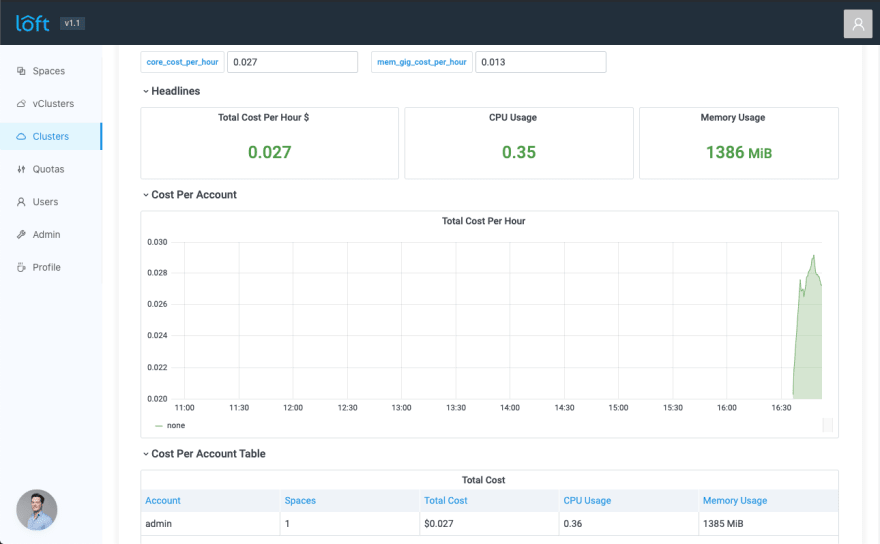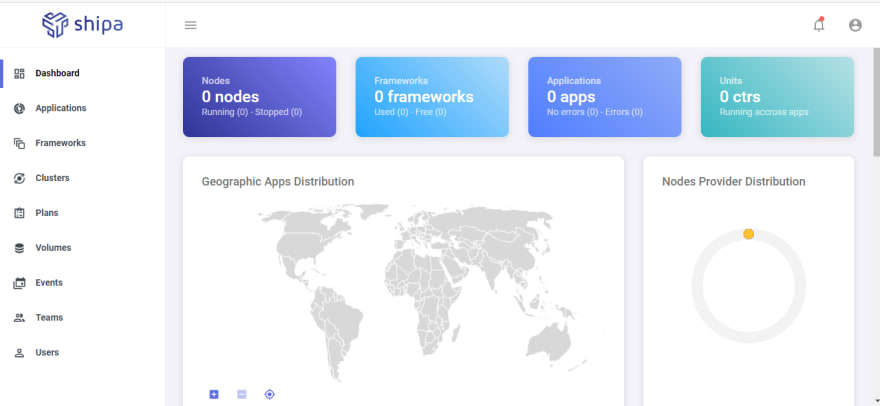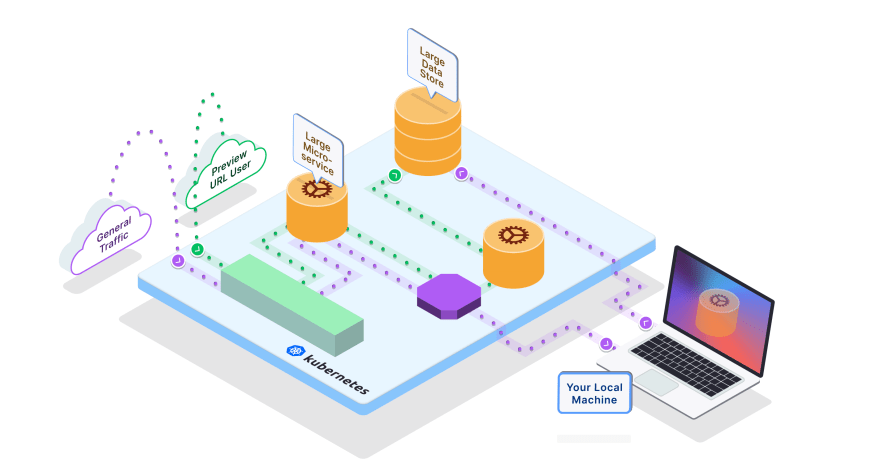Developer Platforms for Kubernetes—A Comparison

Lukas Gentele
Posted on June 8, 2022

By Boemo Mmopelwa
Kubernetes is the third most loved platform by developers, according to the Stack Overflow 2020 Developer Survey, but it’s still quite complex to use. That complexity can impede workflow.
One solution is to use Kubernetes developer platforms, which give you direct access to the Kubernetes environment and provide feedback as you code.
This article will compare some of the biggest Kubernetes developer platforms so that you can choose the right one for your team.
Factors to Consider
You’ll need to keep a few key factors in mind as you compare Kubernetes developer platforms.
Performance and Productivity
A Kubernetes developer platform should support efficient development while providing metrics that help you understand your application’s performance. It should provide tools that streamline the work, such as providing self-service environments for developers.
The developer platform should also be responsive and uncomplicated to use since the workflow is interrupted if developers must spend extra time learning how to use a specific function. A hard-to-learn platform can lead to more errors.
Maintainability
Application architecture can change rapidly, and a developer platform should be able to evolve with the times. It needs to provide scalability and software adaptation tools so it can handle changes and help fix errors.
Cost
Kubernetes can get expensive, so a developer platform should offer cost monitoring features. Loft.sh beats other developer platforms in this category since it gives you idle statistics for namespaces to help you monitor and reduce costs.
Well-documented Features
You need to know that you’ll be able to get answers when you run into trouble. Companies that offer a lot of documentation on their products make those products easier to use. If you know roughly how long it takes for a developer to learn a new platform, or whether it offers an FAQ or customer call center, you can feel more at ease when onboarding your teams to that platform.
Security
A developer platform that has bugs puts your applications at risk. Research your chosen platform to make sure it has a reputation for stability, and make sure to use the latest version.
Developer platforms need access to third-party websites like GitHub to carry out certain tasks. Read your platform’s privacy policy to understand how it uses your code, data, and credentials.
Comparing Developer Platforms
With those factors in mind, you’re ready to review some of the major developer platforms for Kubernetes and find out just what they offer users.
Loft
Heavyweight clusters consume more resources and are a common, costly problem with Kubernetes. Loft allows you to create and use virtual clusters, which don’t have a node pool and run on top of another Kubernetes cluster. Virtual clusters are cheap and lightweight, making them faster than GKE clusters.
Loft allows you to use flexible isolated namespaces to improve your organization structure. It has an easy-to-use CLI, multiple Helm charts for popular apps to install, and a single sign-on system so your multi-tenancy is secure.
Loft offers multiple ways for you to monitor cluster spending:
- Sleep mode: You can put idle namespaces into sleep mode, which prevents you from reaching resource limits.
- Idle statistics for namespaces: These statistics help you monitor costs and resources.
Its monthly costs range from free to customized plans starting at $47 per user per month.
Is Loft worth a try? Loft is an awesome platform for creating virtual clusters and self-service namespaces. Virtual clusters currently don’t support container runtime and some other Kubernetes features. That is the only indirect limiting factor that Loft has. Other than that, it’s worth giving it a try if you want to create self-service development environments in shared clusters.
Okteto
Okteto synchronizes the code on your IDE with your remote development environment, offering immediate results and continuous feedback as you code so that you can make quick corrections. Your local environment and workflow remain the same.
Okteto is compatible with AWS, Google Cloud, and bare-metal programming. Its transparent development process eliminates surprises as everyone can see changes made instantly. You can validate pull requests immediately as your code is being synchronized with the cluster.
Its pricing ranges from free to a customized quote for the entire team.
The downside of Okteto is that it cannot be integrated with your favorite CI/CD tools, such as Jenkins, to leverage your workflow.
Shipa.io
Shipa offers DevOps services specifically for Kubernetes development. It keeps your workflow simple by eliminating the need for developing custom scripts.
Shipa integrates with your CI/CD tool so that you can detect and fix errors before deploying Kubernetes applications. It also allows you to access your logs so that you can spot errors, avoiding a common software vulnerability.
Its pricing ranges from free to $50 per user per month.
Shipa’s DevOps services can accelerate your workflow by helping you fix and maintain existing deployments. This makes Shipa the best developer platform when it comes to productivity.
Telepresence
Telepresence lets you run a single service locally while connecting it to a remote Kubernetes cluster, building a bridge between your local IDE and applications running on the cloud. You can use intercepts to develop your application locally, then make changes on the cloud.
Developing services locally simplifies development overall—you’ll be able to test and debug your service using your IDE or debuggers.
The production version will remain the same until you commit changes. Telepresence enables you to iterate services by routing traffic to a duplicate of your cloud service running on your local machine. You can send an automatically generated preview URL to collaborate with teammates on development environments using the cloud dashboard.
Monthly costs range from open-source and free versions to a customized plan.
If you want your workstation to be a part of your cluster and debug services locally, consider giving Telepresence a shot. But while it enables you to run a single service locally, it does not offer any cost monitoring solutions or features. You will have to use alternative tools such as Kubecost.
Conclusion
There are multiple options for Kubernetes developer platforms, but you should take care to select the platform that works best for you and your team. Maintainability and performance are the two most significant factors to consider. If what you see there is satisfactory, don’t forget to examine a tool’s usability and documentation with a critical eye next.
Keep in mind the features that will most improve your workflow, especially at the right price, and you’ll be able to make the right choice.
Photo by Waldemar Brandt on Unsplash

Posted on June 8, 2022
Join Our Newsletter. No Spam, Only the good stuff.
Sign up to receive the latest update from our blog.








